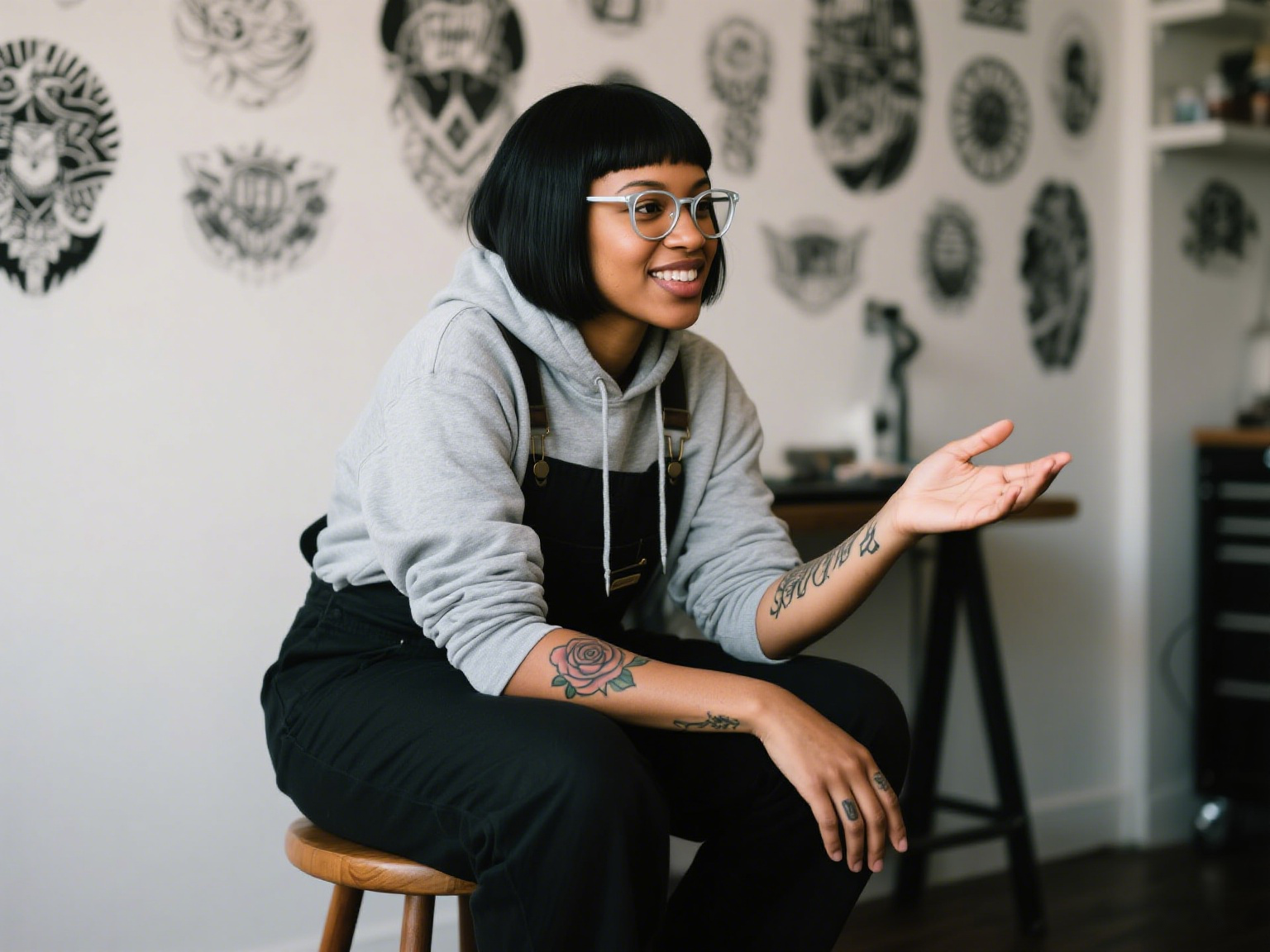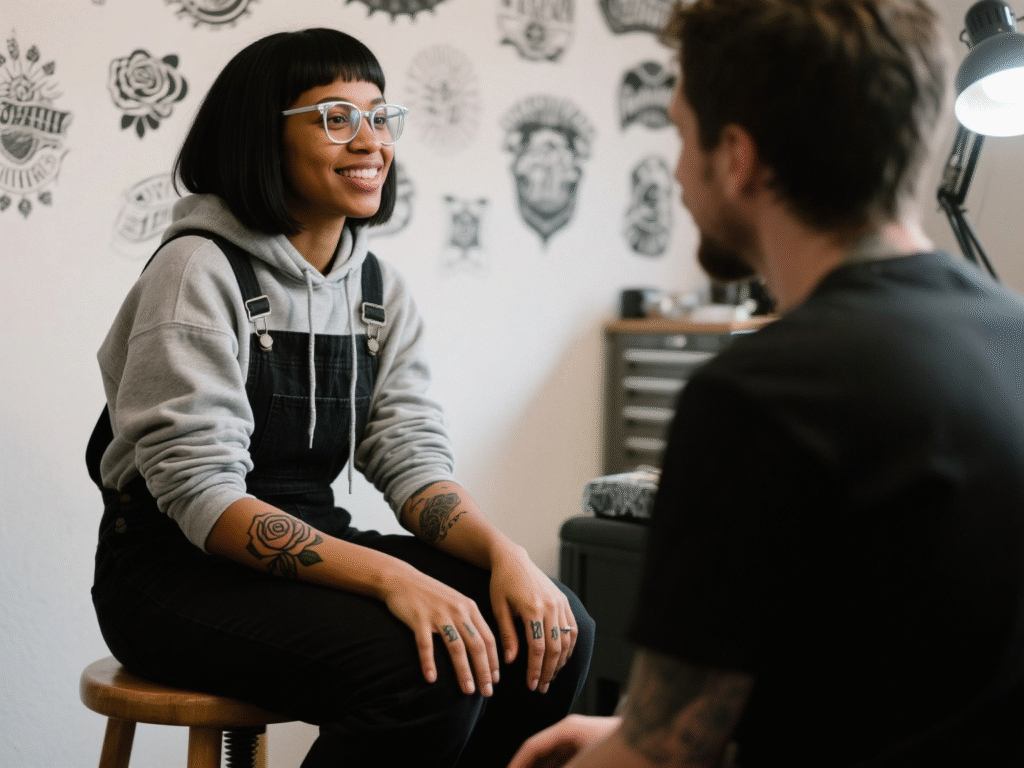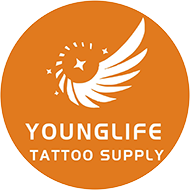Blog
From Blunder to Expertise: A Tattoo Artist’s Journey to Mastering Tattoo Needle Safety

Mia’s hands trembled as she stared at the healing tattoo on her client’s arm. What should have been a crisp, bold design was marred by uneven lines and tiny red bumps—signs of a botched job she never thought she’d make. It was 2018, and Mia, a rising star at a downtown studio, had just learned a painful lesson: even the most skilled tattoo artist can be undone by a bad needle.

The $500 Mistake That Changed Everything
That client, a regular named Jake, had trusted Mia with a custom sleeve honoring his late grandfather. Eager to finish on time, Mia grabbed a pack of discount needles from a new supplier. They looked fine—sharp, sterile-sealed, and cheap. “I thought I was saving money,” she admits now. “Instead, I cost myself far more.”
Jake’s skin reacted badly within days. The ink bled, the lines warped, and he developed an infection that required antibiotics. Mia not only refunded his $500 fee but spent hours researching how to fix the damage. Worse, she lost his trust—and gained a reputation hit that took months to repair. “I realized then: cutting corners on needles isn’t just risky for clients. It’s a death sentence for your business.”
What the Pros Don’t Tell You (But Mia Learned the Hard Way)
Determined to never repeat the mistake, Mia dove into needle education. She shadowed a master artist who’d been in the game 30 years, visited needle factories, and tested over 20 brands. What she discovered shocked her: even seasoned artists fall for the same traps.
- The “Sterile” Lie: Those cheap needles? Their packaging said “sterile,” but Mia later found out the supplier skipped autoclave testing. “If the seal isn’t airtight or the expiration date is smudged, walk away,” she warns.
- Size Matters (But Not How You Think): She once used a 12RL needle for fine line work, assuming a smaller number meant precision. It tore the skin instead. “Needle size depends on skin type—oily skin needs sharper, larger needles to hold ink,” she explains.
- Batch Testing Saves Lives: Now, Mia tests every new needle batch on fruit before using them on clients. “A strawberry’s texture mimics human skin. If the needle skips or drags, it’s trash.”
How This Changed Her Studio (And Can Change Yours)
Today, Mia’s studio, Ink & Integrity, is known for its strict needle protocols. She only sources from suppliers with third-party sterilization certificates (YoungLifeTattooSupply is her go-to: “Their batch numbers are clear, and they answer every safety question”). She trains new artists to check needles under a magnifying glass and keeps a “needle log” to track which batches work best.
“Clients notice the difference,” she says. “They ask about our needles now, and that trust turns into repeat business.” Last year, her studio’s infection rate dropped to zero, and Jake even came back—this time, for a cover-up that’s now one of her portfolio favorites.
Your Turn: Avoid the Same Pitfalls
Mia’s story isn’t just about one artist’s mistake. It’s a reminder that great tattoos start with great tools. Whether you’re a pro or a hobbyist, ask yourself:
- When was the last time you verified your supplier’s sterilization process?
- Do you test new needle batches before using them on clients?
- Are you choosing needles based on price, or on what your art (and clients) truly need?
Your reputation—and your clients’ skin—deserve better than guesswork. Start small: Pick one needle habit to fix this week. It might just save you from a $500 mistake (or worse).
Need help finding reliable supplies? YoungLifeTattooSupply offers free sterilization guides for artists—because safe ink starts with safe tools.
